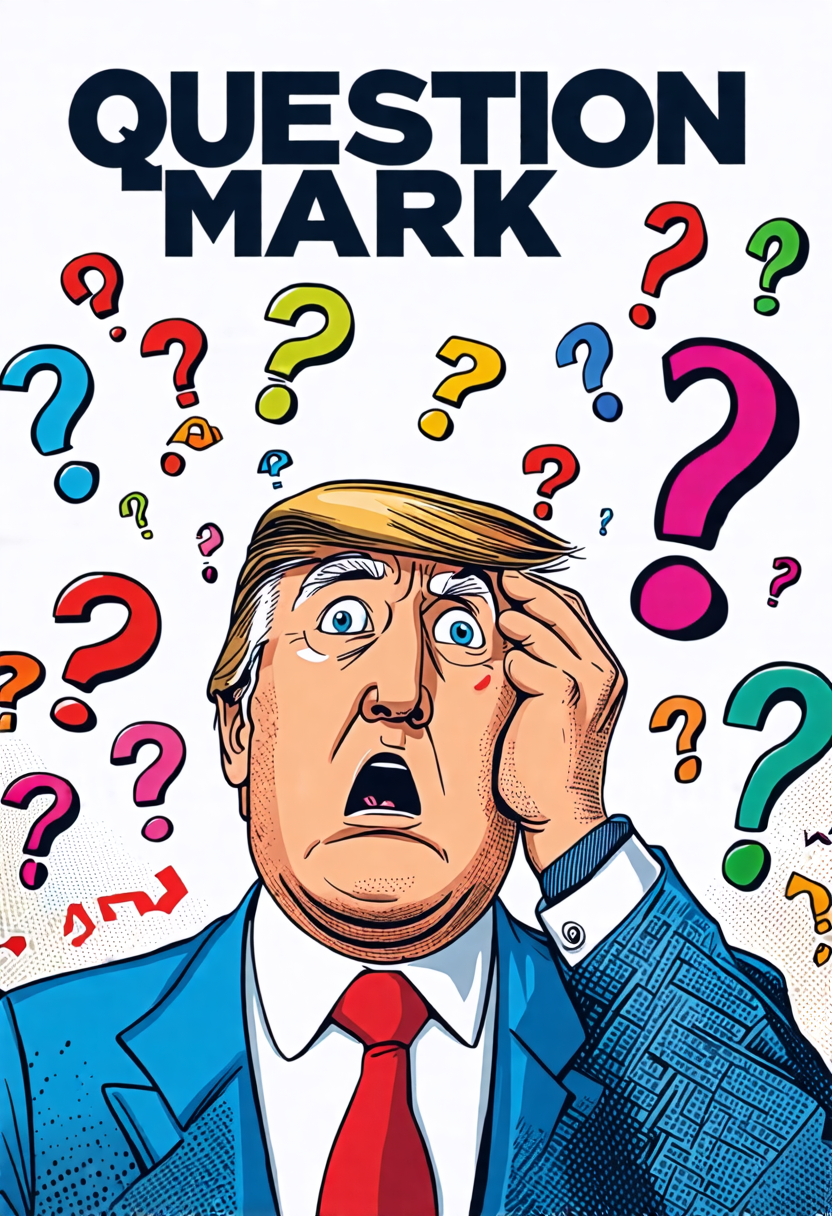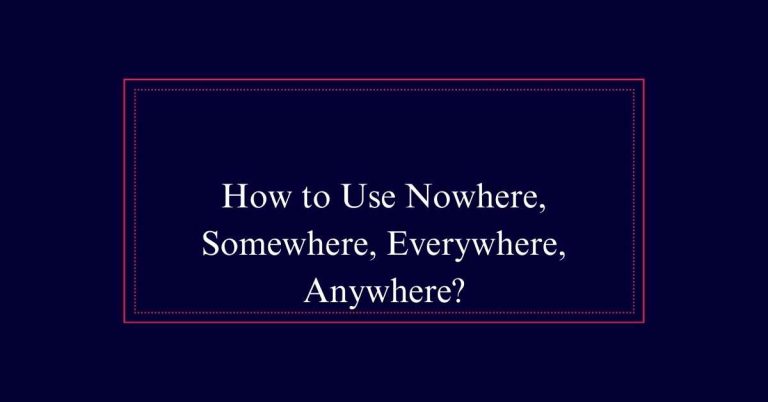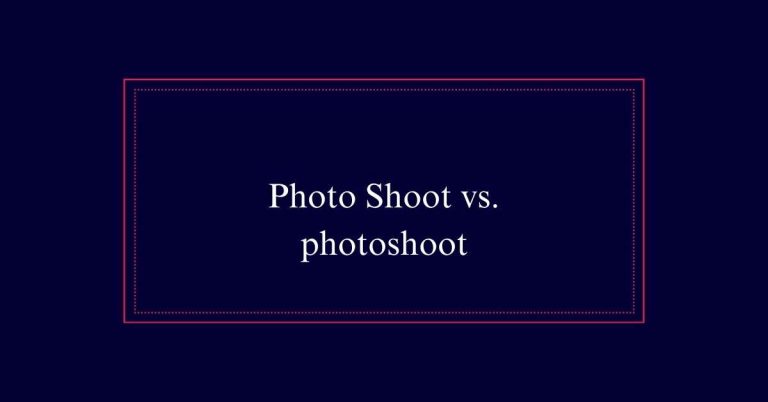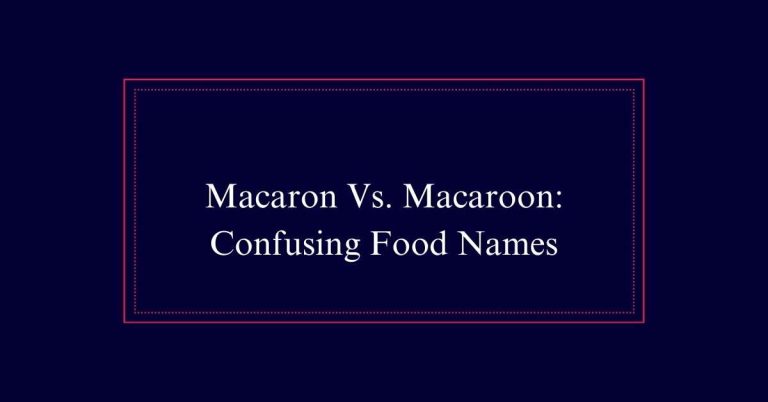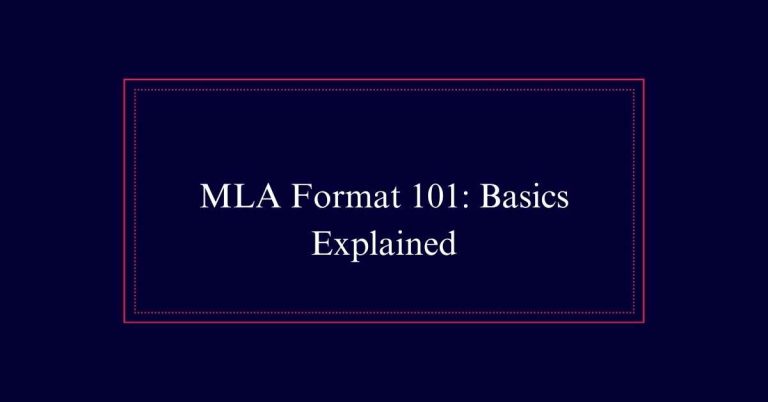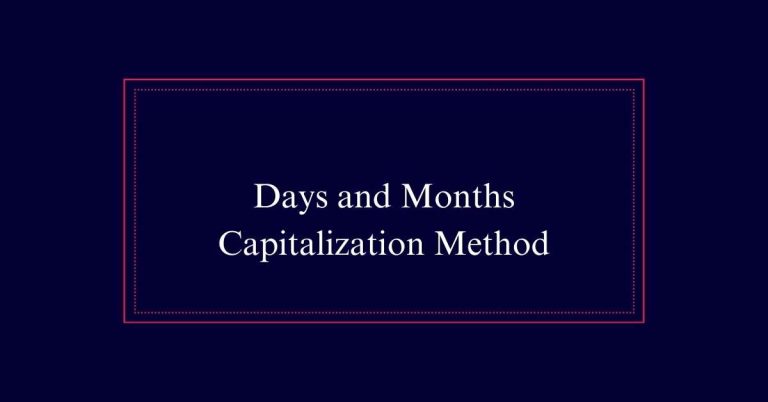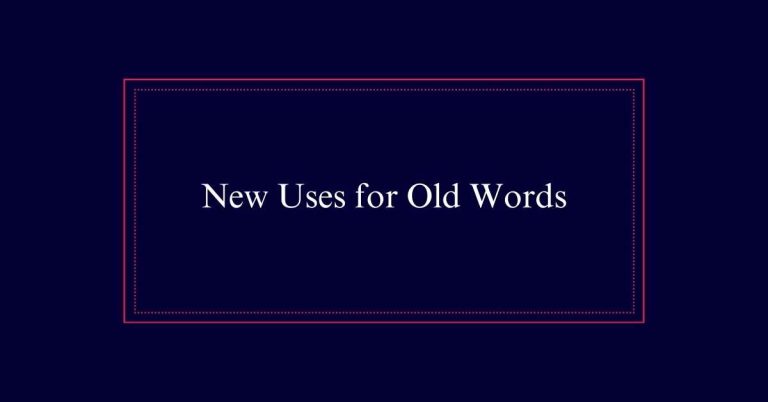Question Mark (?) : Everything you need to know
A question mark (?) is a punctuation symbol indicating a question. It is placed at the end of a direct question which typically begins with words such as who, what, where, when, why, or how. This mark is essential for indicating an inquiry and guaranteeing clarity. For quoted questions, the mark is placed inside quotation marks. For indirect questions embedded within statements, a period is used instead.
What Is a Question Mark?
A question mark (?) is a punctuation mark that indicates a sentence is a question. It is used at the end of a sentence to show that the sentence is asking something. For example, ‘Why did the chicken cross the road?’ and ‘Who wants to know?’ are direct questions.
Questions often start with words like who, what, where, when, why, and how. It is important to use a question mark to signal that the sentence requires an answer. Even when a sentence does not start with a traditional question word, it can still be a question, as in ‘Is it really that important?
Signaling a Question
Therefore, signaling a question effectively involves using a question mark to clearly indicate that a sentence is asking something. This punctuation mark helps readers understand the intent of the sentence.
For example, ‘Are you coming to the meeting?’ shows a direct inquiry. Not all questions are straightforward; some can be phrased as statements for emphasis, such as ‘You really think that’s true?’ In these cases, the question mark still signals a question.
It is also important to place the question mark correctly in relation to quotation marks and parentheses. For instance, ‘Did he say, ‘Are you ready?” and ‘I wonder if he will join us (he might not)?’ show proper usage.
Direct Questions
Direct questions are inquiries that explicitly ask for information and usually begin with wh- words or auxiliary verbs. They are straightforward and expect an answer. These questions are a common way to gather information in both written and spoken communication.
Here are key points to understand direct questions:
- Structure: They typically start with words like who, what, where, when, why, or how. Auxiliary verbs like is, are, can, do, and does are also common.
- Purpose: Direct questions aim to obtain specific information or clarification.
- Punctuation: A question mark is always placed at the end of a direct question to indicate that an answer is expected.
Examples of Direct Questions
Now, let’s look at some examples of direct questions to see how they are structured and used effectively.
Direct questions often begin with ‘wh-‘ words like ‘why,’ ‘who,’ and ‘what,’ or with verbs like ‘is’ and ‘are.’ For instance, ‘Why did the chicken cross the road?’ is a direct question that seeks a reason.
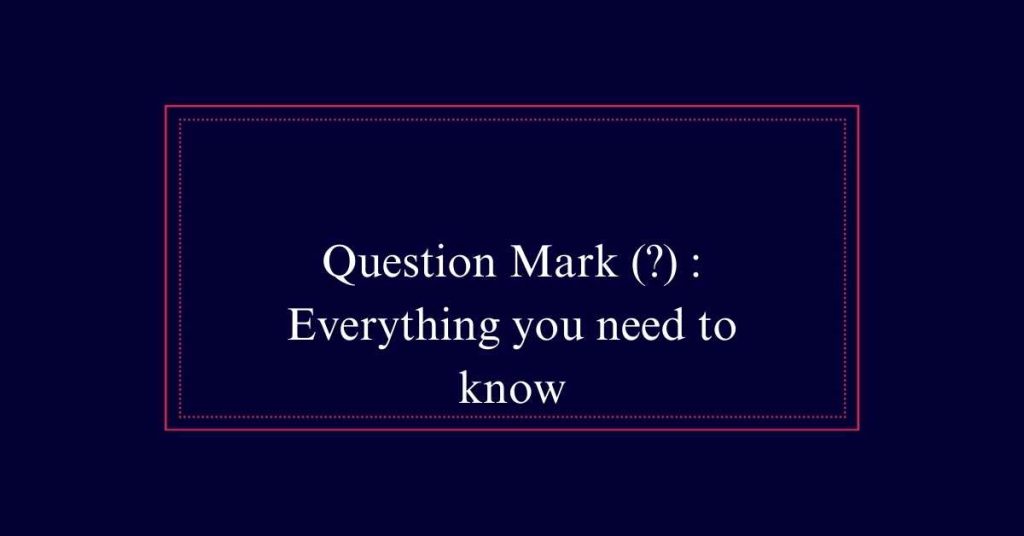
Another example is ‘Who wants to know?’ which inquires about a person.
Questions can also start with verbs, such as ‘Is it really that important?’ which seeks confirmation or verification.
Using Question Marks
Using question marks correctly guarantees clarity in communication. They signify that a sentence is a question, aiding in proper interpretation.
Here are some guidelines for using question marks effectively:
- Direct Questions: Use a question mark at the end of direct questions.
- Example: ‘Why did the chicken cross the road?’
- Quotation Marks: Place the question mark inside quotation marks if it applies to the quoted material.
- Example: She asked, ‘Are we leaving now?’
- Parentheses: Position the question mark inside parentheses if it applies to the content within.
- Example: Did you see the movie (or was it a play?) last night?
Declarative Questions
Declarative questions, while structured like statements, still require a question mark to indicate their interrogative nature. These questions often take the form of a statement but are used to seek confirmation or clarification.
For example, ‘You are going to the meeting?’ This structure implies the speaker expects an answer, even though it resembles a declarative sentence.
Such questions can convey a different tone, often suggesting disbelief or surprise. It is important to use a question mark at the end to signal to the reader or listener that a response is expected.
Without the question mark, the sentence could be misinterpreted as a simple statement, losing its interrogative intent. Punctuation ensures clarity and proper communication.
Question Marks With Quotes
Question marks with quotes demand careful consideration to guarantee proper punctuation. The placement of question marks relative to quotation marks depends on the context of the sentence.
Here are key guidelines:
- Inside Quotation Marks: If the quoted material itself is a question, place the question mark inside the quotation marks. Example: He asked, ‘Are you coming?’
- Outside Quotation Marks: If the entire sentence is a question but the quoted material is not, place the question mark outside. Example: Did she really say, ‘I will be there’?
- Both Inside and Outside: If both the quoted material and the sentence are questions, consider the logical punctuation. Example: Did you hear him ask, ‘What time is it?
Question Marks With Parentheses
When dealing with question marks and parentheses, proper placement is crucial for clarity. If the question mark pertains to the content within the parentheses, place it inside.
For example: ‘I saw the chicken (or was it the rooster?) crossing the road.’ This guarantees the reader understands the question relates to the parenthetical content.
However, if the question mark applies to the entire sentence, place it outside the parentheses.
For example: ‘Will the chicken cross the road again tomorrow (April 1)?’ This placement makes it clear that the question encompasses the whole statement.
Indirect Questions
Indirect questions are embedded within declarative statements, subtly transforming the inquiry into a statement. They do not require a question mark. Instead, they end with a period. This type of question is often used to convey a sense of formality or politeness. For instance, instead of directly asking, ‘Where is the meeting?’, one might say, ‘I wonder where the meeting is.’
Here are some key points about indirect questions:
- Structure: They typically start with phrases like ‘I wonder,’ ‘He asked,’ or ‘She wanted to know.’
- Punctuation: They end with a period, not a question mark.
- Usage: They are often more polite and less direct than regular questions.
Examples of Indirect Questions
Understanding how to identify and use indirect questions is essential for mastering nuanced communication. Indirect questions are embedded within statements and do not end with a question mark. For example, ‘He wondered why the chicken crossed the road.’ Here, the question is part of a larger statement. Another example is, ‘She asked if anyone had seen the chicken.’ Indirect questions often start with words like ‘if’ or ‘whether,’ and they do not change word order like direct questions do.
| Direct Question | Indirect Question |
|---|---|
| ‘Why did the chicken cross the road?’ | ‘He wondered why the chicken crossed the road.’ |
| ‘Did you see the chicken?’ | ‘She asked if anyone had seen the chicken.’ |
| ‘Who wants to know?’ | ‘He asked who wanted to know.’ |
| ‘Is it important?’ | ‘She questioned whether it was important.’ |
Frequently Asked Questions
Can a Question Mark Be Used in Titles?
Yes, a question mark can be used in titles. It is appropriate when the title itself is phrased as a question, such as “Why Did the Chicken Cross the Road?” This adds curiosity and engages readers.
How Does a Question Mark Affect the Tone of a Sentence?
A question mark impacts the tone by making the sentence inquisitive and engaging. It can convey curiosity, uncertainty, or emphasis, prompting readers to ponder the query more thoughtfully. This punctuation marks a sentence as interrogative.
Can Question Marks Be Used in Rhetorical Questions?
Yes, question marks can be used in rhetorical questions. They signal that the sentence is a question, even if no answer is expected. Example: “Do you really think that makes a difference?”
